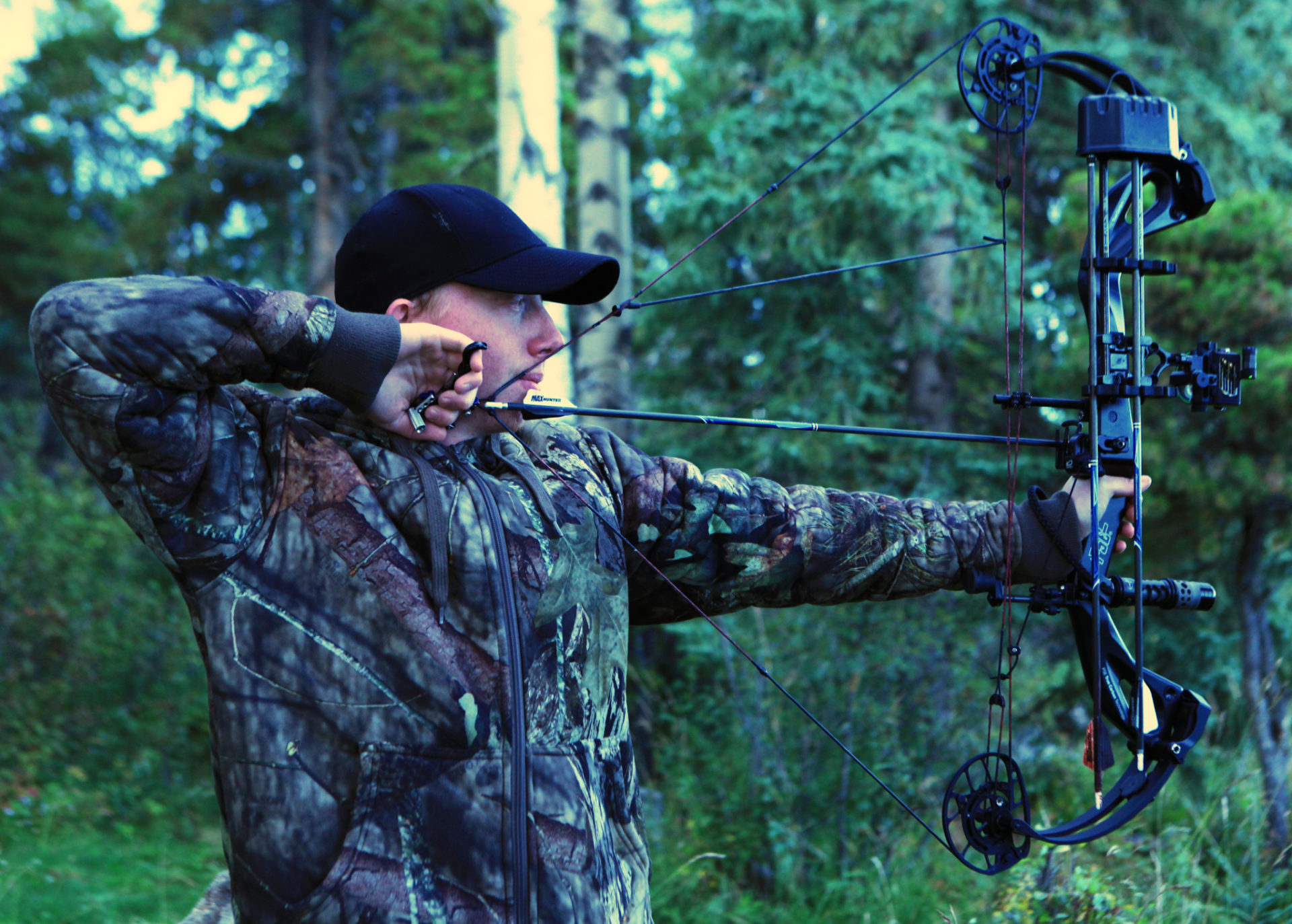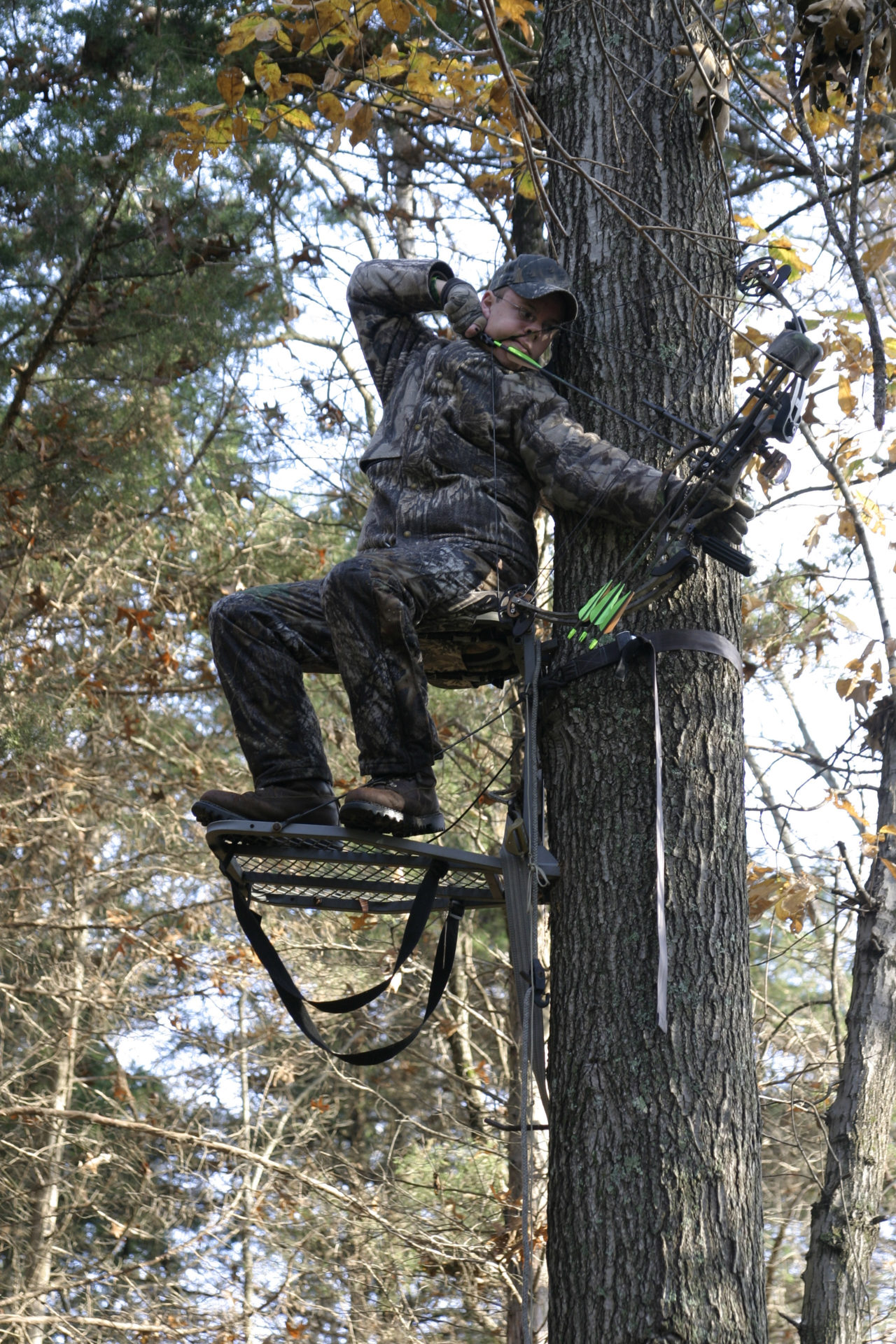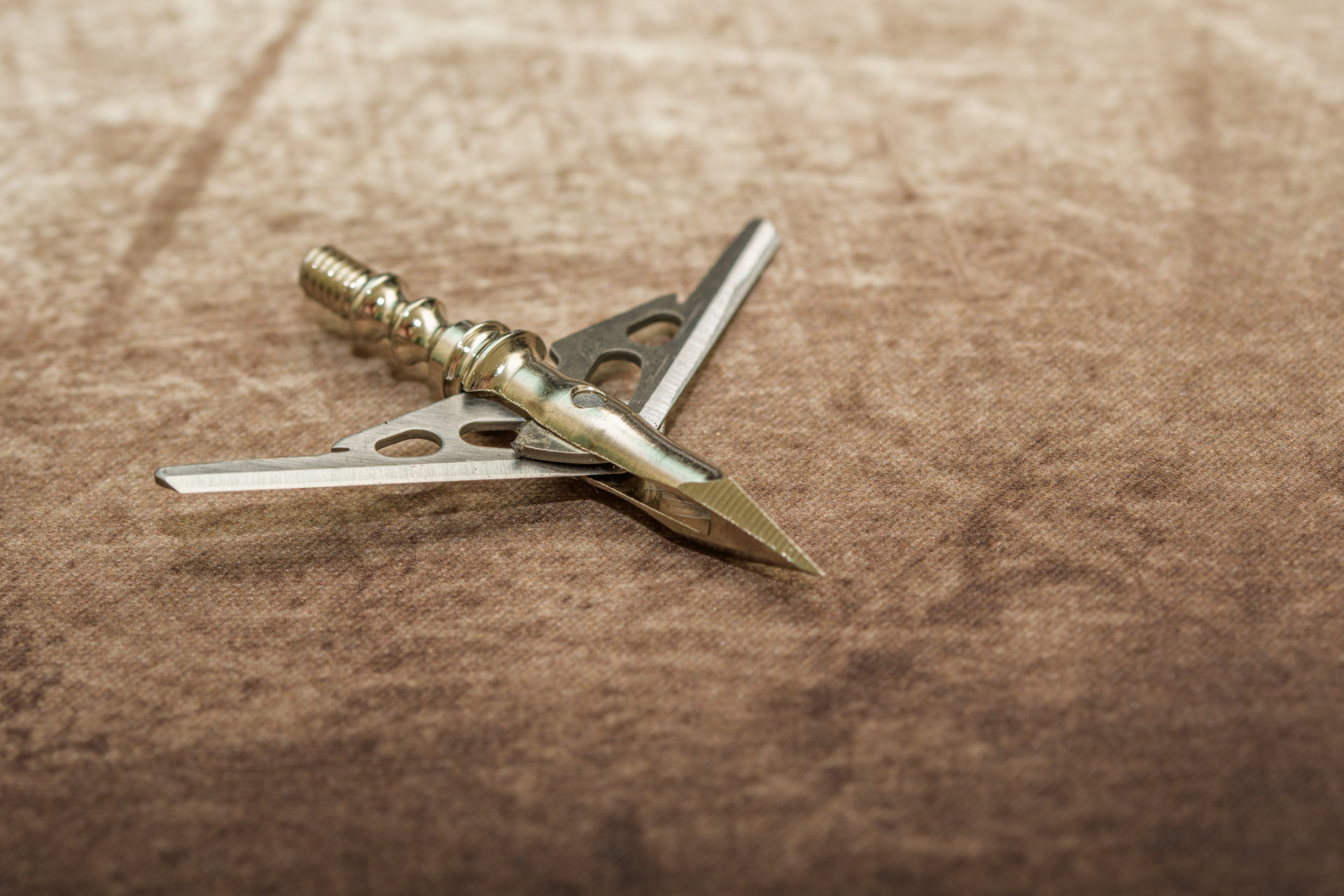If you’re planning on bow hunting for the first time this year and have never shot a bow, you’re already running late. By the time you’re reading this article, it will be too late to go out for the spring hunting season if you have not already been practicing and setting up your bow.
Advertisement
Being in the sporting goods and hunting industry, we owe it to the game animals to make sure ethics are a top priority. There are factors to consider before one even goes out to harvest an animal with a bow and arrow. Some of the following things to consider are: Is my sight practical for hunting? Is my D-loop properly tied and ready for a season of bow hunting? Are my string and cables in good condition? Is my peep going to move or come loose during a hunt? Are my broadheads flying accurately? Am I having issues with my form that are affecting accuracy? Are all the screws and bolts on my bow tightened down to prevent squeaks and rattles? Can I comfortably draw my bow without any issue? Is my bow and arrow setup ethical for the game I’m harvesting? Thankfully, there happens to be a lot of people online who have posted how-to videos on bow tuning and arrow building. Professional archery shops such as ours (Boorman Archery) can also help you with this. We can help walk you through the process of selecting the correct arrow, broadhead and help with bow tuning, which will all play factors on an ethical and successful harvest.
Advertisement
What should my pre-season look like? We asked our staff shooters for examples of what their pre-season bow hunt looks like.
Advertisement
Although Brian Maxwell is not a bow hunter, he does deal with the on and off season when shooting Olympic archery for Team Canada. Here is an example of what his pre-season looks like: “Exercises, workouts and warmups leading up to and throughout the season would be key. Not only does it help to prevent injury and even out the muscle imbalances of a one-sided sport, but it will increase one’s performance and reduce the chance of repetitive strain.”
Here is Darren Mulrooney’s take: “Honestly, I can’t even imagine hunting without having shot 3D archery competitions. Not only is it the perfect practice, but it’s showing respect for the animal by being the best you can be. My season starts in early spring, with cardio and getting in hiking shape. Finding spots, plotting on maps and putting out trail cams. If you’re trying to go out for spring bear this year and have never shot a bow, it would be wise to perhaps invest in a crossbow or if you really want to go out with a compound bow or traditional bow, start now and get ready for next season. The last thing you’d want to do is rush into a hunt and accidentally make a poor shot on an animal and not be able to retrieve it and put it through any unnecessary suffering. If you’re trying to go out for the Sept. 1 season having never shot a bow and arrow, you’re cutting your deadline pretty close, but it is still doable as long as you limit yourself to ethical distances and you put the time into it. Understanding your prey’s anatomy is even more crucial when bowhunting. A third of the way up the back of the front leg works for most animals; however, for black bears and a few other select species found in North America, the animal’s anatomy can be slightly different. That slight difference in anatomy can be the difference between making a clean harvest and having to track an animal over a long distance. And if your tracking skills aren’t up to snuff, it can be very difficult to find a wounded animal. Safety for both you and your prey is of the utmost importance, since generally speaking, in bow hunting, you usually only get one shot and you have to make sure it counts.”
Nathan’s personal opinion at the shop is if you’re going bow hunting, especially when bow hunting more dangerous game, a party minimum of three would be advisable. Or one bow and one friend whom you trust with a firearm in case something happens. It also makes it much easier to track a game animal if you have more than one friend with you so you guys can find, locate and track blood trails.
Your choice of broadhead is also important when it comes to your pre-season procedure. Both of our staff shooters, Darren and Angela, tend to favour mechanical broadheads because of the level of tuning you need for fixed blade broadheads. Some people have experienced issues with blades opening early; in regard to reliability, this is where fixed blades do tend to be a better option. If you do decide you want to shoot a fixed blade broadhead and are having some difficulty getting your broadheads to fly the same as your field points, our shop has experienced that, generally speaking, two-blade fixed broadheads tend to be a bit more forgiving than three or four blades. Another option would be to get your bow professionally tuned. Booking some tuning time with your local pro shop is highly advisable months before hunting season. Another factor that is not usually spoken too much about is broadhead sharpness. No matter if you’re deciding to go with a fixed blade or mechanical broadhead, that broadhead being as sharp as you can get it is absolutely crucial to harvest an animal quickly. Most broadheads, when properly sharpened, should be able to easily cut a piece of paper or shave hair. We would strongly recommend obtaining equipment so you can properly sharpen your broadheads; take sharpening into consideration when choosing a broadhead, as some designs are easier to sharpen than others.


